Today I am giving you a tutorial on a very interesting topic, How to Install Jarvis on a Windows PC. Convert your laptop into Ironman’s Jarvis.
In other words, How to Install Jarvis on a Windows PC and we’re going to use Rainmeter software to add some amazing Jarvis features. Cool isn’t it? This post is 100% Genuine and verified.
If you have running Windows operating system on your laptop/desktop, So you must try this article. Go ahead and spend some time to read it fully and I will prove that you’re your time will be worth it.
Through this tutorial, you can make your laptop like Ironman’s JARVIS. You can control your laptop by giving voice commands to the system and your system(laptop) will reply to you back and also do all operations by following your voice commands, as you have seen JARVIS in the Ironman movie.
For Example. After adding some commands, You are saying to your system(laptop), “Hello Jarvis” and Jarvis(system) will reply, “Hello sir, Good Morning!” (Awesome isn’t it)
Are you Excited?
So, Let’s begin…
How to Install Jarvis on a Windows PC
Requirements:
These all files are needed in this article and you have to download them.
Rainmeter. This is a theme installer, we use this software for installing the Ironman theme in Windows to give ironman a visual look, got it?
Rainmeter also has some good features as it will provide weather reports when you’re connected to the internet.
IronMan Theme. We need to install an Ironman theme after installing a rain meter to give an Ironman look to the laptop, as we talked it before.
IronMan Desktop Wallpaper. You can also set the IronMan wallpaper to the desktop, but it’s all up to you.
Windows Speech Recognition Macros. This is the software provided by Microsoft, the main part of this tutorial.
This software can do all Speech recognition operations on your laptop, that’s because this software is very important.
Basically, we’re providing all files containing a .zip file. For your convenience.
Click on the Download .zip file containing all required files From here
After downloading all files, start the setup installation of all files.
Follow the steps:
Step 1. Setup-Windows Speech Recognition Macros
You already have downloaded this software file from the download package, just install this software, set up a microphone, open it, and start the training.
You will get knowledge about the installation of the Windows speech recognition macros software in step 2 but in this step.
We’re concentrating on all the basics you need to know about Windows speech recognition macros software, Hope you got it.
Note: The training process is might be boring but Don’t skip the training, training will help you to understand speech recognition.
Simple commands and at the same time it helps the system to understand your voice better than anyone else.
Awesome isn’t it?
Microsoft has already gifted you a “Speech Recognition” facility that listens to most of the basic commands.
Windows Speech Recognition is one of the “underrated features” of Windows. But, you need to set it up first before we bring in the more awesome features.
Simply search for “Speech Recognition” in your Start Menu and you will be navigated to the Windows Speech Recognition Tutorial directly.
The steps are quite simple, I have got a complete tutorial for it. But it’s a little complicated, so I’ve kept it separate.
CLICK HERE TO READ THE SPEECH RECOGNITION TUTORIAL
Windows Speech Recognition Tutorial will guide you through the commands and in the meantime, also train your computer to understand your voice better.
So, after you take the tutorial, you will notice that your system understands your commands better than anyone else’s. Awesome, isn’t it?
Step 2. Installing Windows Speech Recognition Macros
You now know all the basic commands and can control your computer with your voice. Use it and get more and more familiar with it.
Tip: Whenever you are stuck, you can say “What can I say?” and your system will show up the list of the commands and their effects.
Next, we have to install the Windows Speech Recognition Macros. The installation file is found in the ZIP file you downloaded.
Now, open Windows Speech Recognition Macros, and you will soon find the icon in the Notification Area of the taskbar.
Right-click on that icon and you will receive some options. Click on “New Speech Macro”.
Now here you have a variety of options. Basically, Windows Speech Recognition is meant to create your own commands with specific actions.
Can’t we be satisfied with the basic functions only right?
Here is a brief explanation of the options:
Insert Text: Suppose you use Microsoft Word through Speech Recognition and don’t want to type your address again.
You can set a specific phrase for your address and whenever you say that phrase, your address will be typed automatically.
Run a Program: There are default commands such as “Start WordPad” and “Start Notepad” for WordPad and Notepad respectively.
There are commands for some other programs too! But what about the rest?
Send Keystrokes: Take a situation where you want to select all the text and copy it to the clipboard.
Can you do it by just speaking? Oh yes, why not? This option allows you to add phrases for different keystrokes such as Ctrl+A and Ctrl+C!
Emulate Recognition: This is for the commands already supported by Windows Vista Speech Recognition.
Advanced: We are going to use this option for creating “Macros” for all our commands.
However, this requires brief knowledge of XML But don’t worry you can create as many commands as you want from the below blueprint.
Note that the codes are listed in the order in which they are supposed to be used.
<speechMacros> – This is just a starting tag. This indicates that the code is actually for Windows Speech Recognition Macros.
<command> – This, in short words, is the command to be executed. Sometimes your demands are fulfilled with just a single command. However, in some cases, you would need more than one command too.
<listenFor></listenFor> – Whatever you are going to speak is supposed to be written between these two tags. Don’t forget the close tag or else your code will not work. Note that “F” in “For” is capital and not small.
<speak></speak> – These tags should include the text your system is supposed to speak after listening to your command.
</command> – This is the closing tag of <command> tag. You would have observed by now that XML is like HTML. It has both opening and closing tags for every element, with a few exceptions.
</speechMacros> – As you would expect, this is the closing tag of <speechMacros>.
Sounds confusing? Well, I am going to give you some codes for direct usage! Yeah, I have literally included lots of examples here. You probably won’t even need to create your own commands.
But before that, I want to tell you that it is extremely important to digitally sign your macros.
So before creating every single macro, you have to create a signing certificate! Every macro will need one certificate.
To create a signing certificate, right-click the Windows Speech Recognition icon in the notification pane, then go to Security, then press the “Create Signing Certificate”.
Suppose if you want your computer to greet you when you command it to wake up, you can use the below Macros:
<speechMacros> <command> <listenFor>Wake Up Jarvis</listenFor> <speak>Systems Online, Database Check, Good Morning Sir !</speak> </command> </speechMacros>
I love this one the most! It feels honored to be greeted by my system, you know.
Here is a Macro forgetting the weather. You can see that it’s a bit complicated to understand.
But no worries! You just have to copy this macro and replace the highlighted with the desired details.
<?xml version=”1.0″ encoding=”UTF-16”?> <speechMacros> <command> <listenFor>Pull up the weather in [CityName]</listenFor> <run command=”http://www.weather.com/weather/local/{[CityName.zipCode]}“/> </command> <command> <listenFor>Is it cold in [CityName]?</listenFor> <speak>Let me check… just a moment.</speak> <script language=”JScript”> <![CDATA[ <var xml_doc = new ActiveXObject(“Microsoft.XMLDOM”); <xml_doc.async = false; <xml_doc.load(“http://www.rssweather.com/zipcode/{[zipCode]}/rss.php”); <var titles = xml_doc.getElementsByTagName(“title”); <var descriptions = xml_doc.getElementsByTagName(“description”); <Application.Speak(titles.item(2).text + ” in {[*CityName]}”); <Application.Speak(descriptions.item(2).text);]]> </script> </command> <listenForList name=”CityName” propname=”zipCode”> <item propval=”65201”>Columbia</item> <item propval=”37201”>Nashville</item> </listenForList> </speechMacros>
Replace CityName with the name of your city. A zip code can be obtained on the Weather Codes website.
<speechMacros> <command> <listenFor>Restart JARVIS</listenFor> <speak>Rebooting The System. See you shortly, Sir!</speak> <run command=”C:WindowsSystem32shutdown.exe” params=”-r -t 00″/> </command> </speechMacros>
<speechMacros> <command> <listenFor>Goodbye JARVIS!</listenFor> <speak>Getting offline, good bye Sir</speak> <run command=”C:WindowsSystem32shutdown.exe” params=”-s -t 00″/> </command> </speechMacros>
<?xml version=”1.0″ encoding=”UTF-16″?> <speechMacros> <command> <listenFor>What’s the time, Jarvis?</listenFor> <script language=”vbscript”> <![CDATA[ dim currentTime currentTime = FormatDateTime(Time(), 1) Application.Speak Time Application.SetTextFeedback Time ]]> </script> </command> </speechMacros>
?xml version=”1.0″ encoding=”UTF-16″?> <speechMacros> <command> <listenFor>What’s the date, Jarvis?</listenFor> <script language=”vbscript”> <![CDATA[ dim todaysDate todaysDate = Date Application.Speak Date Application.SetTextFeedback Date ]]> </script> </command> </speechMacros>
<?xml version=”1.0″ encoding=”UTF-16″?>
<speechMacros>
<command>
<listenFor>Delete it!</listenFor>
<sendKeys>{DELETE}</sendKeys>
<speak> File has been Deleted, Sir </speak>
</command>
</speechMacros>
<?xml version=”1.0″ encoding=”UTF-16″?> <speechMacros> <command> <listenFor>Empty the Recycle Bin</listenFor> <run command=”C:nirnircmd.exe” params=”emptybin” /> <speak> Done, Sir </speak> </command> </speechMacros>
Important tip: If you facing issues saving all commands, then you have to do is to remove inverted commas “ and write again, it will definitely work.
Step 3. Installing Rainmeter and then Jarvis Theme
Relax, The complex part is already over! You just have to install the duo – Rainmeter and Iron Man Theme.
Both of which are provided in the files. Rainmeter is a supporter of your Iron Man Theme.
Now, change your desktop background (Wallpaper) to any of the two Wallpapers provided in the files.
You now have to load the theme skins in Rainmeter. You have four colors to choose from – Blue, Green, Red, and Yellow. While I like blue, it’s completely up to you from which to choose.
You will notice that all the elements will be found at just one place. Rearrange them the way you like and Voila! Your system really looks like JARVIS now.
But hold on! Your desktop icons are still visible and that ruins the look. There’s a solution for that too.
Simple, right-click on your desktop, hover to view, then uncheck the “Show desktop icons” option.
Really looking Awesome, Now I am feeling like my lappy is my personal assistant and it reads my all commands like Jarvis.
I know this article is a little long but I am assuring you, the step is very easy, you can do it very easily by following steps.
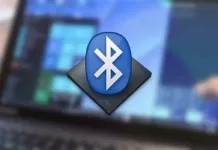




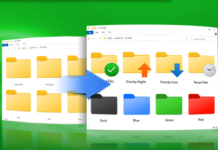


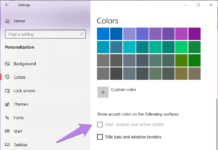

































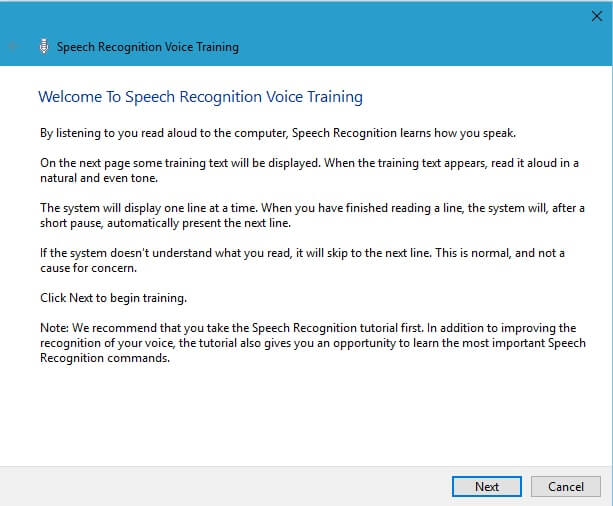


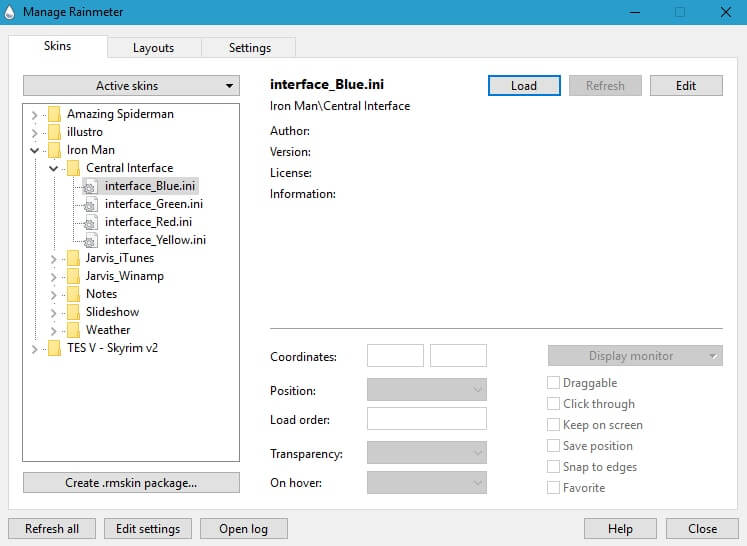

I have a few questions:-
1. Is it necessary to change the theme of your laptop or its related to A.I.?(as my dad also uses my laptop, it will be a little complex for him.)
2. Where do we have to write all this coding stuff?
3.Where can i contact you if i need any help?
Please reply to this, and i am gonna try this as soon as you reply to it.
THANKYOU
Hello there,
1. Not Necessary, You can Create a New User Account for your Dad and you can switch to your account whenever you want to try it. Also, your work will not affect your dad’s account.
2. You can save as text file and whenever want to use, just copy from it.
3. You can contact me on any one of my Social Media accounts like Instagram, FB Page, or any social account. You can easily see the follow icons on the website.
Cheers!
Have fun.
Thanks Brother i am gonna give it a try soon.
Appreciated!
Hi there it’s so interesting but I use Linux (Ubuntu) is it possible to do this there?
Hi Sara,
No, you can’t use in Linux Based Operating system because we’re using softwares that are specially designed to run on Windows System only like Windows Speech recognition Software, Rainmeter, and even you need to have a Windows OS to run these commands.
What about privacy?
Does speech recognition send voice files back to Microsoft, or the voice macros server? If so how can I disable it?
Is there any other concerns for privacy I should have?
bro how to close jarvis
hello
how can we close jarvis